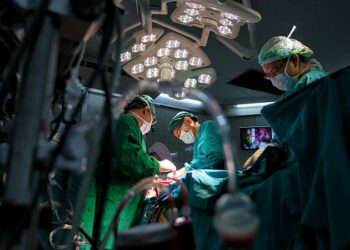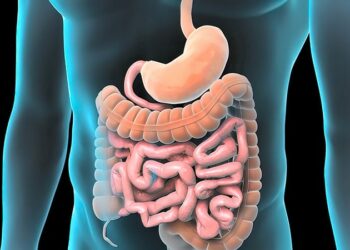BOSTON — Ultrasound-assisted catheter-directed thrombolysis (UACDT) is an important tool for treating acute pulmonary embolism (PE), but it can pose a risk for serious adverse outcomes in patients who also have atrial fibrillation (AF), investigators cautioned.
A retrospective review of cases of acute PE treated with UACDT from 2016 through 2021 showed that patients with AF were significantly more likely than those without AF to have acute respiratory failure, shock, or bleeding complications and to die from any cause following the clot-dissolving procedure, reported Kshitij Mahajan, MD, a second-year resident in the Department of Internal Medicine at Trinity Health in Oakland, Michigan.
“Definitely, atrial fibrillation complicates acute pulmonary embolism for patients who are getting UACDT,” he said in an oral abstract session at the American College of Chest Physicians (CHEST) 2024 Annual Meeting.
Ultrasound-Guided Clot Busting
UACDT is a pharmacomechanical system that uses catheter-delivered ultrasound waves to blood clots to enhance delivery of thrombolytic agents.
Mahajan and colleagues queried the 2016-2021 National Inpatient Sample database for records on all adults admitted with a primary diagnosis of acute PE who were treated with UACDT.
They identified a total of 6430 cases, 10% of whom (645 patients) had AF. Men comprised 51.9% of the AF cohort and 50.3% of the non-AF cohort, and in each cohort, approximately three fourths of all patients were White.
Patients with AF were older (mean age, 67.38 vs. 59.74; P P
As noted before, in multivariable regression analyses controlling for potential confounding factors (not specified in the presentation), AF was significantly associated with several serious adverse events, including acute respiratory failure, which occurred in 44.2% of patients with AF vs 36.1% without AF, translating into an adjusted odds ratio (aOR) of 1.374 (P
In addition, patients with AF were at a threefold higher risk for shock (17.8% vs 5.4%; aOR, 3.906) and a nearly threefold higher risk of bleeding complications (10.9% vs 4.6%; aOR, 2.873).
AF was also associated with a higher likelihood of acute kidney injury (30.2% vs 17.8%; aOR, 1.755) and the need for mechanical ventilation (11.6% vs 4.6%; aOR, 2.905).
Patients with AF had longer hospital stays (mean, 6.86 vs 4.92 days) and a higher all-cause mortality rate (9.3% vs 2.3%; aOR, 3.632).
Mahajan acknowledged that the study was limited by reliance on coding data, which could be inaccurate, and by the lack of data on details about medications, treatment plans, or deaths after discharge.
In the question and answer portion of the presentation, Akshyaya Pradhan, MD, MBBS, a cardiologist at King George’s Medical University in Lucknow, India, commented that patients with AF are usually on oral anticoagulation, and questioned whether a change in anticoagulant medications could make a difference.
Mahajan agreed that even when they are on oral anticoagulants, patients with AF can be at increased risk for thromboembolic events. He recommended evaluating such patients for evidence of resistance to anticoagulants such as antidrug antibodies or mutations in MTHFR, the gene that encodes for methylenetetrahydrofolate reductase.
The investigators did not report a study funding source. Mahajan and Pradhan reported no relevant financial relationships.
Neil Osterweil, an award-winning medical journalist, is a long-standing and frequent contributor to Medscape Medical News.
Source link : https://www.medscape.com/viewarticle/afib-linked-severe-adverse-events-after-uacdt-thrombolysis-2024a1000ijp?src=rss
Author :
Publish date : 2024-10-10 12:27:38
Copyright for syndicated content belongs to the linked Source.














